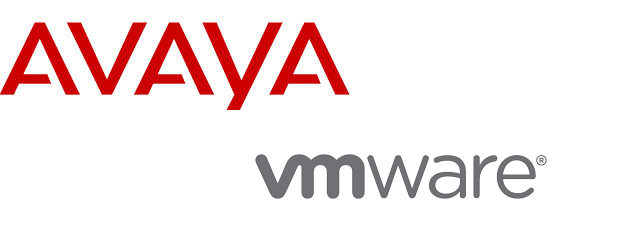CANCUN, MEX. – Reoccurring revenue streams have become a lucrative venture for many solution providers, but creating one from scratch is not as easy as it looks.
One of the clear issues with building reoccurring revenue streams is that they are based on technology solutions controlled by the salesforce.
According to Todd Johnstone, Avaya’s vice president of services and reoccurring revenue, solution providers should look at a different approach based on business metrics in creating healthy reoccurring revenue streams for today and into the future.
Johnstone, a Sudbury, Ont.-native, told CDN that solution providers should not complicate the reoccurring revenue model with the sales engagement process or the sales renewal process. Instead he suggests to create an independent organization within the business with a sole focus on reoccurring revenue.
This too should have a strong process of making sure the customer contract has all the data necessary for reoccurring revenue. A second process should be put in place for it to work well in your business system.
“What has happened with solution providers who start to build reoccurring revenue streams is the process gets clouded with legacy operations,” Johnstone said, during an interview at the 2015 Avaya Executive Partner Forum.
Johnstone said the crux of the problem is that solution providers have not put a lot of investment in this space.
“First and foremost you need to be clear with your go-to-market technical capacity and build an offering that is designed for the cloud,” he said.
Another method to consider is basing reoccurring revenue on workflow.
Sound mechanics and a simple methodology for your reoccurring revenue model is a must, said Keith Clemente, Avaya’s offer management and business analytics director.
“If you start branching out across more than one methodology it becomes complicated and you can’t quote properly (for the reoccurring revenue model) and you can’t pump out the renewals quickly enough,” he said.
Clemente recommended a quote to cash system, but added that solution providers need to create this model upfront.
“People think a percentage of net is a sound model for reoccurring revenue, but it’s not that easy. If you do not know how to renew it in three years’ time it become harder,” Clemente said.
Another stumbling block for solution providers is they tend to want to sell products at a rapid pace and then leave other executives in the finance department to figure out the annuity stream for each sale.
One approach is for a solution provider to lead with a services strategy. But think of services the same way you used to think of transacting a product, Clemente added.
Avaya, as a company, has recognized the struggle some solution providers have with building and sustaining reoccurring revenue streams. The networking and collaboration vendor has not seen many solution providers putting a lot of focus on the process of reoccurring revenue. Clemente did indicate one solution provider who has found success with its model.
ServiceSource International Inc. of San Francisco is a niche software solution provider who has developed its business to focus heavily on renewals. Clemente described its go-to-market strategy as a “renewals engine” that is backed by a staff augmentation model.
According to Clemente, the ServiceSource renewals engine is so good that other channel partners and even some vendors call them up and use them as a third party to process renewals.
ServiceSource has 10 locations worldwide. So far no offices in Canada. The company offers only cloud application built specifically to increase renewals along with managed services. The company says its system increases renewal rates by an average of 15 percentage points.




